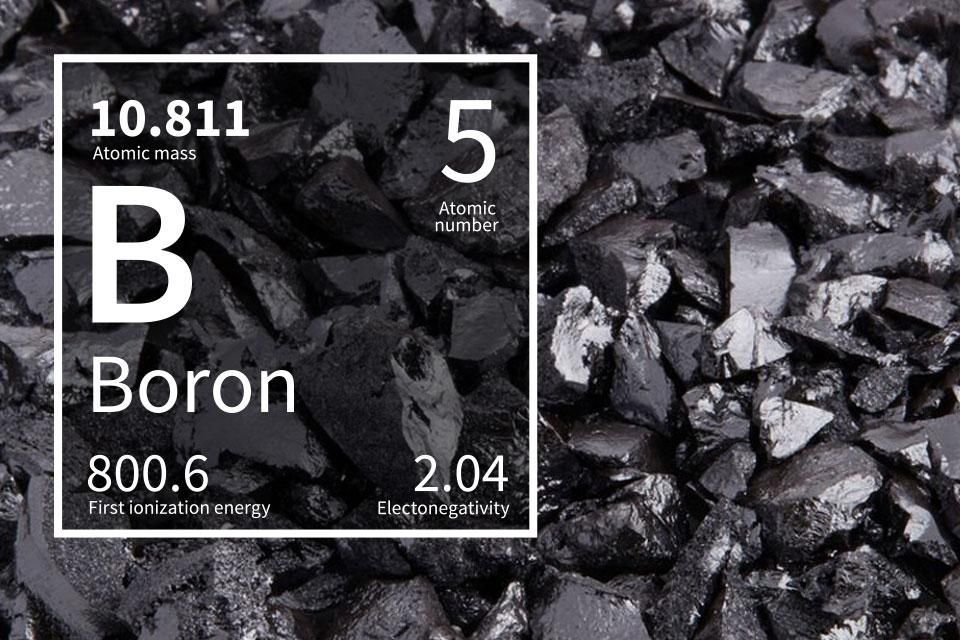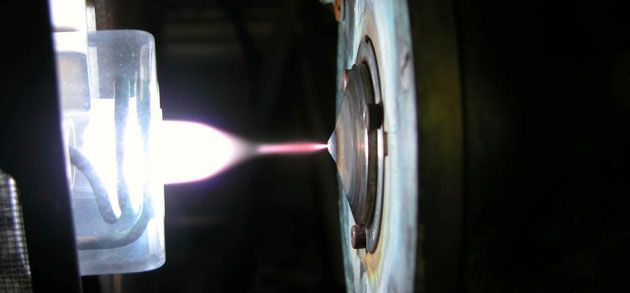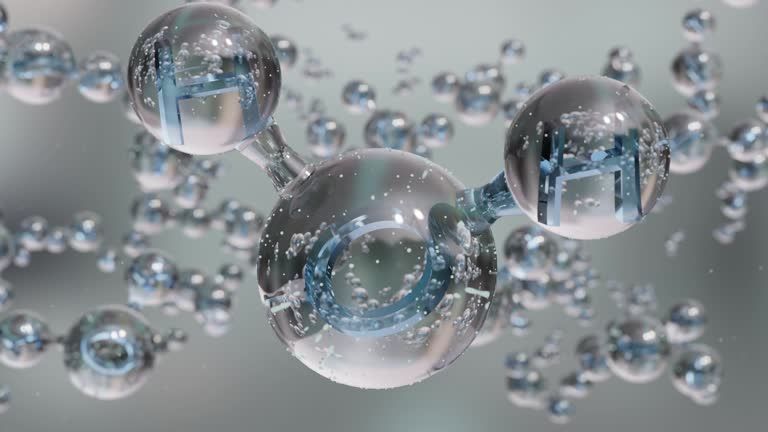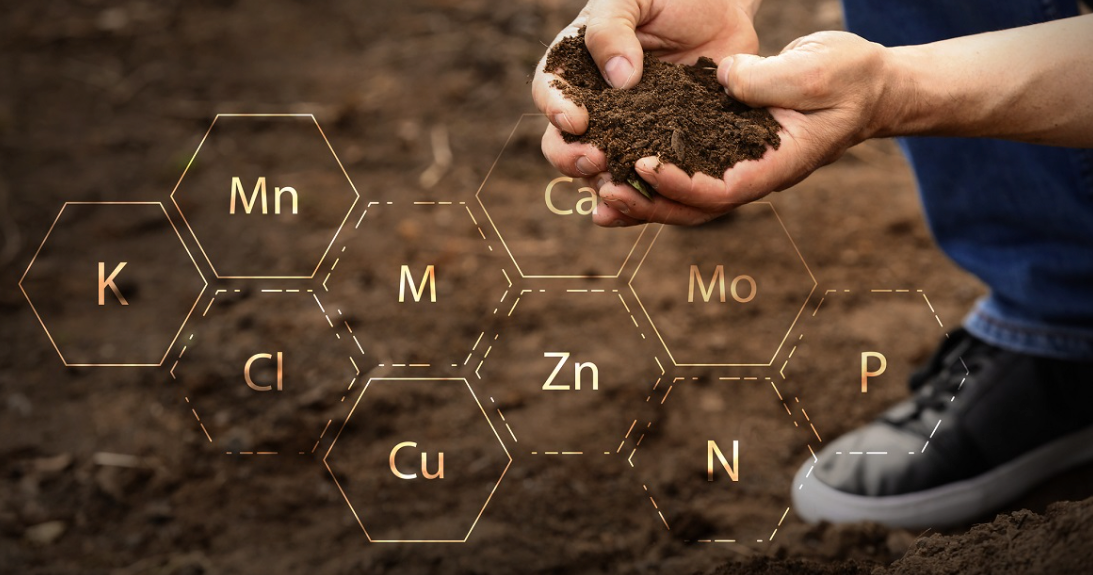Understanding and Managing Water Repellent Soils
The Chemistry Behind Soil Hydrophobicity
Soil water repellency is a complex physicochemical phenomenon that affects over 5 million hectares of Australian agricultural land. The mechanism involves the formation of hydrophobic coatings on soil particles, fundamentally altering the wetting properties of the soil matrix.
Molecular Basis of Water Repellency
Water repellency occurs when amphiphilic organic compounds coat soil particles, creating a hydrophobic barrier. These compounds contain both hydrophilic (water-loving) and hydrophobic (water-repelling) molecular regions. The hydrophilic portions orient towards the mineral surface, whilst the hydrophobic chains extend outward, creating a water-repelling interface.
Key hydrophobic compounds include:
Long-chain fatty acids and alcohols: C16-C30 compounds derived from plant cuticular waxes
Aliphatic hydrocarbons: Predominantly alkanes and alkenes from decomposing organic matter
Aromatic compounds: Including phenolic substances and lignin derivatives
Microbial metabolites: Fungal hyphae and bacterial exudates containing hydrophobic components
Critical thresholds for repellency development are remarkably low. Research demonstrates that concentrations as minimal as 0.1% by weight of certain waxy substances can induce severe water repellency, highlighting the potency of these molecular coatings.
Formation Mechanisms
Thermal processes: Bushfire events create particularly persistent hydrophobic conditions through the volatilisation and subsequent condensation of plant waxes onto soil particles. Temperatures of 175-200°C optimally mobilise these compounds without complete combustion.
Biological decomposition: Microbial breakdown of organic matter under aerobic conditions produces hydrophobic metabolites. Fungal activity, particularly from ectomycorrhizal species, contributes significantly to hydrophobic compound accumulation.
Desiccation effects: Soil drying concentrates hydrophobic compounds and enhances their effectiveness. The contact angle between water and soil particles increases substantially as moisture content decreases.
Analytical Detection Methods
Field Assessment Techniques
The water drop penetration test remains the standard field method for preliminary assessment:
- <1 second: No repellency detected
- 1-10 seconds: Very low repellency
- 10-60 seconds: Low to moderate repellency
- >60 seconds: High repellency requiring intervention
Laboratory Analytical Approaches
Contact angle measurement: Provides quantitative assessment of surface wetting properties, with angles >90° indicating hydrophobic conditions.
Fourier Transform Infrared (FTIR) spectroscopy: Identifies specific hydrophobic functional groups, particularly CH2 and CH3 stretching vibrations at 2850-2950 cm⁻¹, indicative of aliphatic compounds.
Gas chromatography-mass spectrometry (GC-MS): Enables precise identification and quantification of individual hydrophobic compounds, providing insights into their origin and persistence.
Thermogravimetric analysis (TGA): Assesses thermal stability of hydrophobic compounds, informing management strategies involving heat treatment.
Soil Physicochemical Factors
Texture Dependencies
Sandy soils demonstrate particular vulnerability due to their low specific surface area. The surface area to volume ratio determines the efficiency of hydrophobic coating formation. Soils with <5% clay content exhibit the highest susceptibility, as the limited surface area becomes rapidly saturated with hydrophobic compounds.
Mineralogical Influences
Clay mineralogy significantly affects hydrophobic compound adhesion. Kaolinite demonstrates superior amelioration properties compared to smectite clays due to its lower surface charge density and reduced swelling capacity, providing more stable physical disruption of hydrophobic layers.
pH and Ionic Strength Effects
Soil pH influences both the formation and persistence of hydrophobic compounds. Alkaline conditions (pH >7.5) tend to reduce hydrophobicity through enhanced microbial activity and improved wetting agent effectiveness. Ionic strength affects the double layer thickness around clay particles, influencing hydrophobic compound adsorption.
Management Strategies: Chemical and Physical Approaches
Clay Amendment Chemistry
Clay incorporation functions through several mechanisms:
Dilution effect: Reduces the concentration of hydrophobic compounds per unit surface area
Microstructural modification: Creates larger pore spaces that resist hydrophobic blocking
Adsorption sites: Provides additional mineral surfaces for hydrophobic compound attachment
Optimal clay application rates of 50-400 tonnes per hectare depend on existing soil texture and target pore size distribution. The longevity of clay treatments (5-7 years) reflects the stability of the modified soil structure.
Surfactant Applications
Synthetic surfactants reduce surface tension through amphiphilic molecular structure. Effective wetting agents typically contain:
Ethoxylated alcohols: Provide immediate surface tension reduction
Alkyl sulfonates: Offer improved soil penetration characteristics
Organosilicone compounds: Deliver enhanced spreading properties
Application rates of 1-5 L/ha are typical, with effectiveness duration varying from 3-12 months depending on compound stability and soil conditions.
Biological Remediation
Microbial degradation of hydrophobic compounds occurs through enzymatic processes. Key bacterial genera including Pseudomonas, Bacillus, and Sphingomonas produce lipases and esterases capable of breaking down waxy compounds.
Lime application enhances biological activity by:
- Increasing soil pH to optimal microbial ranges (6.5-7.5)
- Providing calcium ions that flocculate clay particles
- Creating favourable conditions for beneficial bacteria proliferation
Physical Amelioration
Delving operations physically disrupt hydrophobic layers whilst incorporating clay-rich subsoil. The process is most effective when:
- Clay-rich layers occur within 30-65 cm depth
- Subsoil clay content exceeds 15%
- Soil moisture content permits effective mixing (10-15%)
Advanced Management Technologies
Precision Application Systems
Variable rate technology enables targeted treatment based on:
Electromagnetic induction mapping: Identifies soil texture variations affecting hydrophobicity risk
Yield mapping correlation: Links productivity losses to hydrophobic zones
Spectral imaging: Detects surface moisture patterns indicative of repellency
Integrated Monitoring Systems
Modern hydrophobicity management incorporates:
Soil moisture sensor networks: Provide real-time infiltration data
Weather station integration: Predicts conditions favouring hydrophobicity development
Satellite imagery analysis: Monitors large-scale spatial patterns
Economic Considerations
Cost-benefit analysis demonstrates that proactive hydrophobicity management typically provides returns of 2:1 to 4:1 over five-year periods. Key economic factors include:
Yield improvements: 15-40% increases in treated areas
Input efficiency: Enhanced fertiliser and herbicide effectiveness
Reduced erosion: Prevention of topsoil loss valued at $50-200/ha annually
Water use efficiency: Improved infiltration reducing irrigation requirements
Future Developments
Emerging technologies focus on:
Bioengineered solutions: Development of targeted microbial consortia for hydrophobic compound degradation
Nanotechnology applications: Engineered nanoparticles for enhanced surfactant delivery
Predictive modelling: AI-based systems for forecasting hydrophobicity development
Sustainable amendments: Organic-based treatments with extended longevity
Conclusion
Soil hydrophobicity represents a significant physicochemical constraint requiring integrated management approaches. Understanding the underlying chemistry enables targeted interventions that address both immediate productivity concerns and long-term soil health. Successful management combines analytical assessment, appropriate amelioration strategies, and ongoing monitoring to maintain optimal soil wetting properties.
The challenge lies not in the availability of solutions, but in their strategic implementation based on site-specific soil chemistry, economic considerations, and long-term sustainability objectives. As analytical capabilities advance and treatment options expand, precision management of hydrophobic soils will become increasingly sophisticated and cost-effective.











